Action Tracker Sports 35
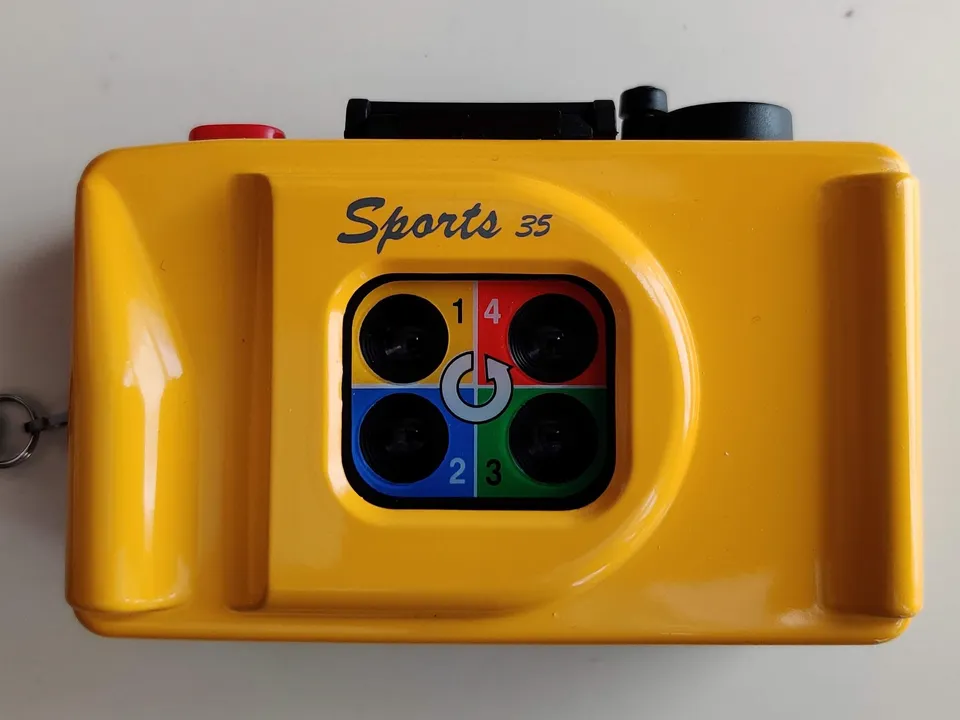
At some point I became interested in Stereography, to be able to take 3D stereo images without the most advanced 3D cameras, but with simple dual-lens cameras or dual-camera setup. The proper Stereo Realist/Nishika are too expensive, and RETO 3D is just plastic sold at an unjustifiable price of US$100.
Oh and yeah, there's Nintendo 3DS, if I had no other choice.
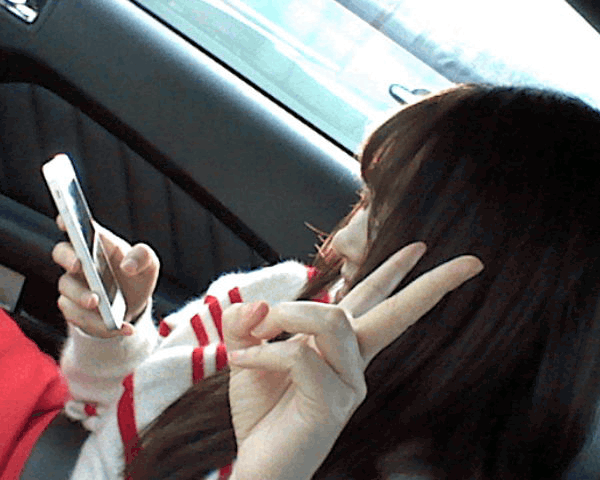
For Stereography
Stereography is a technique to capture two slightly offset images and line them up to each of the human eyes for the brain to perceive an illusion of seeing an actual 3D image. Simply taking two images one after another with a horizontal offset (cha-cha method) can yield a stereograph. The drawback to this method is inability to capture moving objects, like people or tress on a windy day.
Originally, the Action Tracker is marketed for capturing motions, like a runner or someone swinging a bat. I doubt anyone who tried that had any satisfying result due to its short focal length (26mm) and short delay (0.22s) between shots. As a shot is being taken, a spinning disc with an opening spins for one revolution to expose each of the 4 quadrants of the frame, with a slight offset due to lens placement. The closest you get to the Mercury II if you're poor like me.
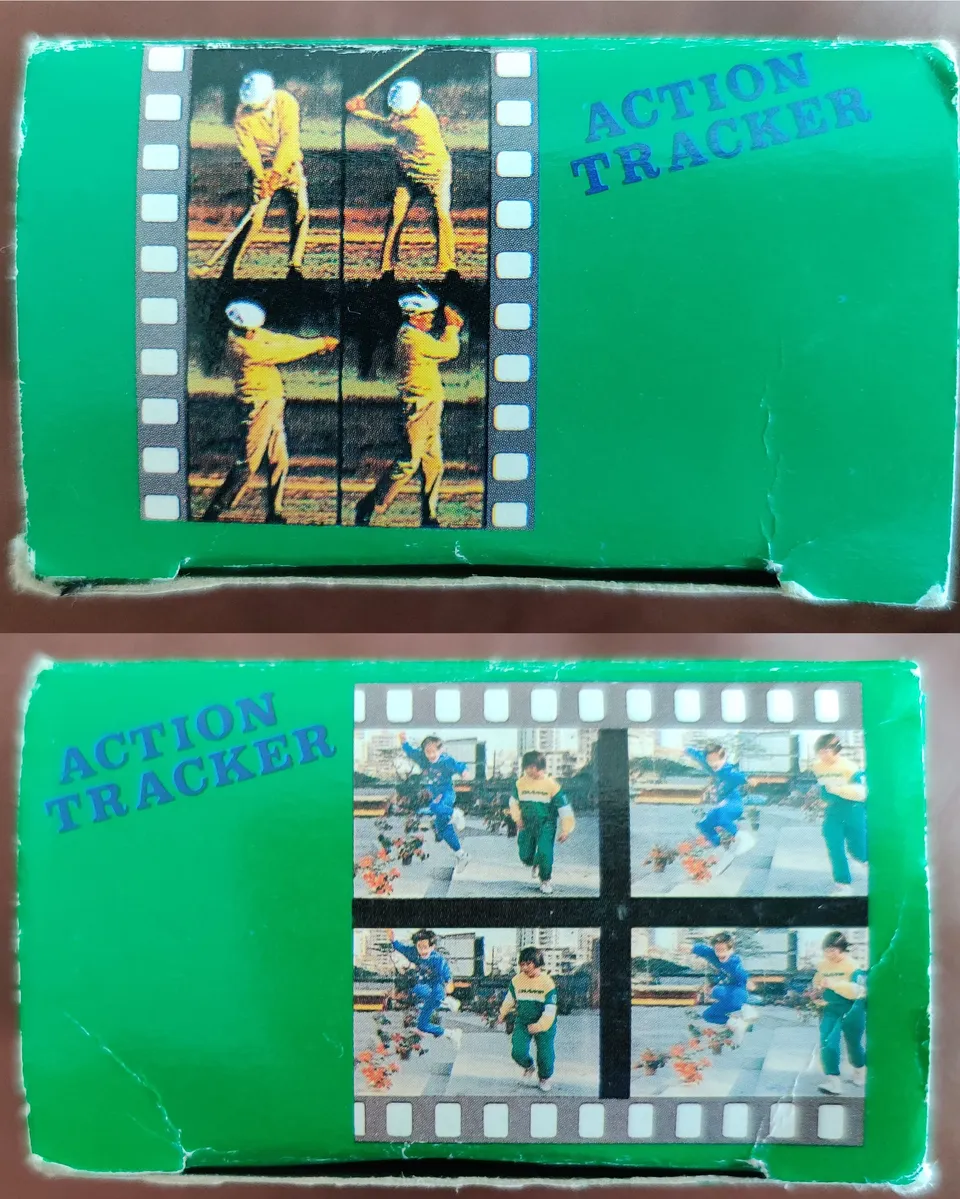
That lens offset isn't perfect for capturing a consistent framing for some actions, but is perfect for stereography. I bought the camera hoping it works as a poor man's Nishika. The color roll is yet to come back, Easter holiday.
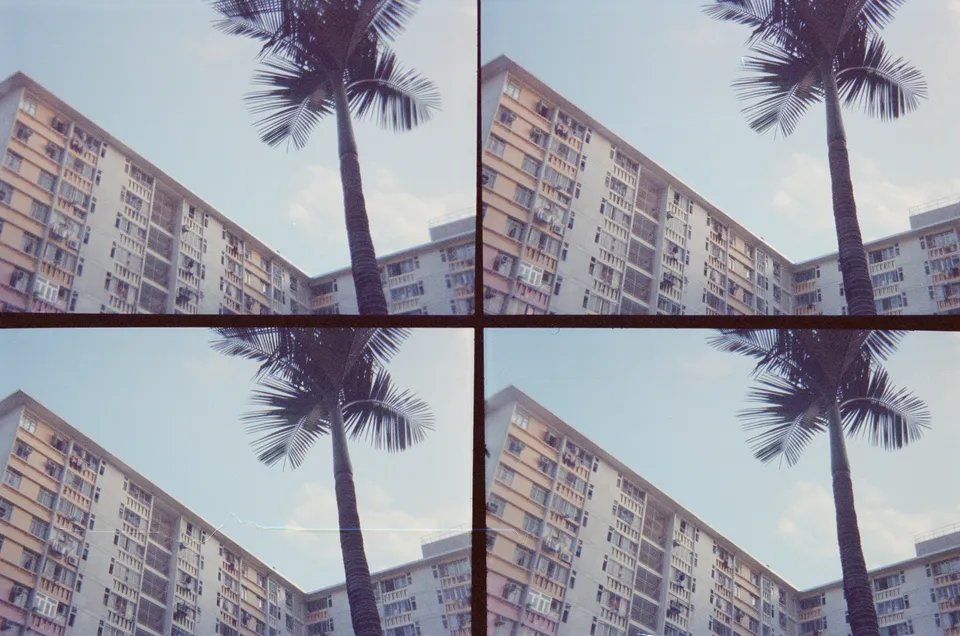
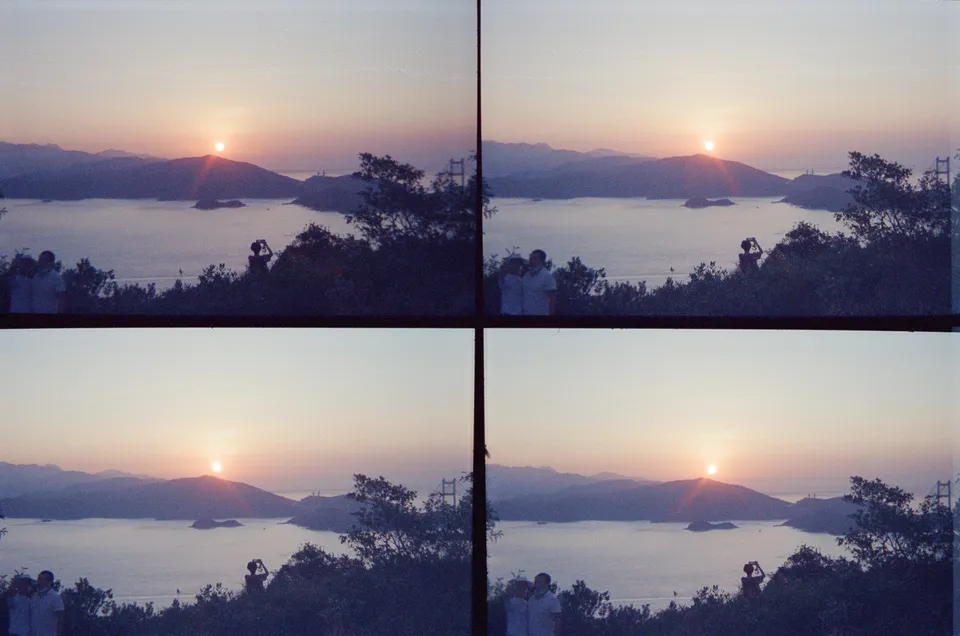
Now the film scans are out. The two lenses are probably too close together that the 3D effect is barely identifiable when shown side-by-side for cross-eye view. Turning the photos into wigglegram helps demonstrating the 3D effect to a limited extent.
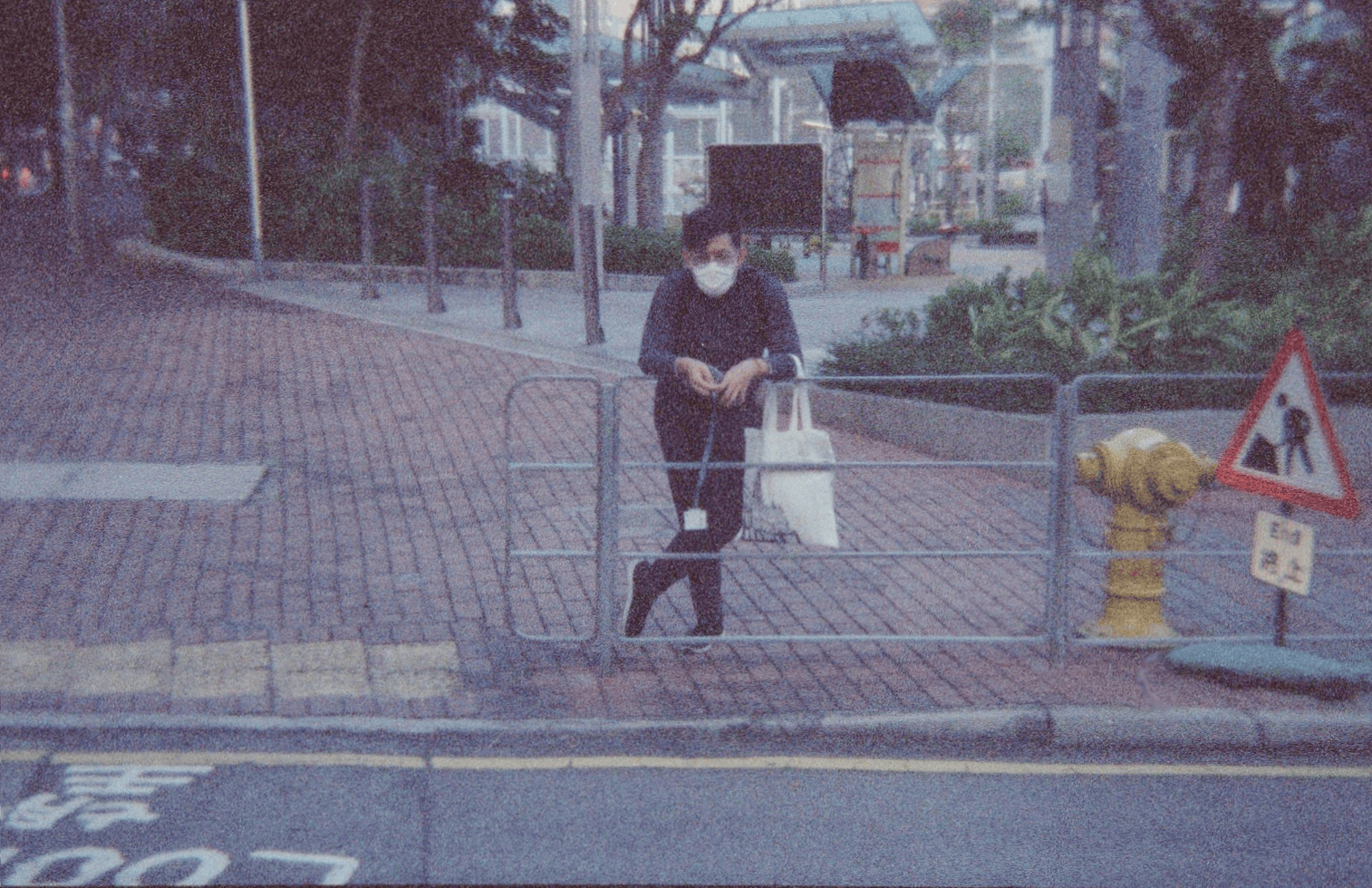

At least, you can make passport photo with this like the Mamiya Press.
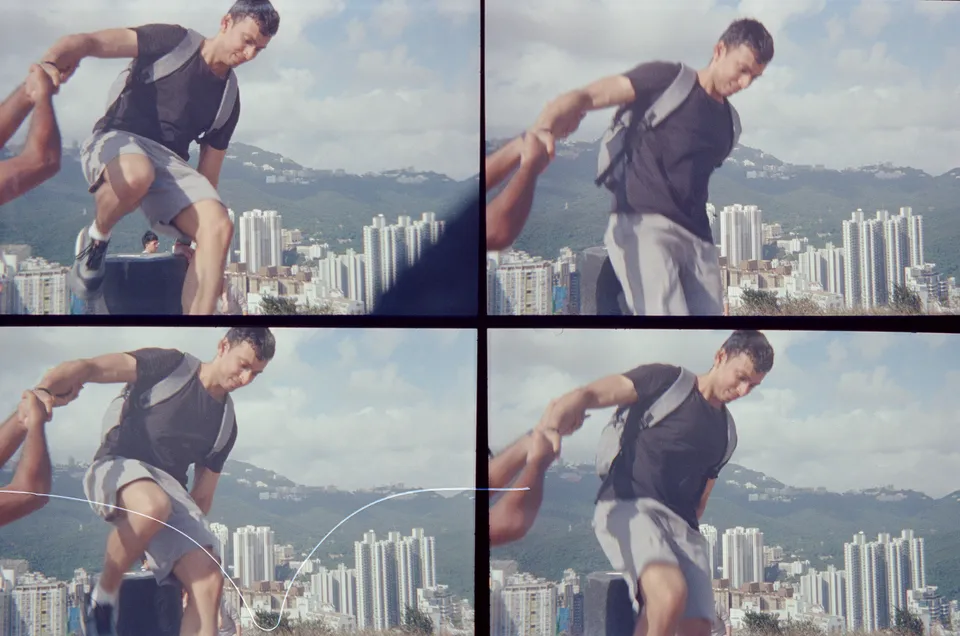
For Trichromatic photography
One other thing I liked doing is Trichromatic photography, combining 3 filtered black and white images into a single color image, feels like magic to me. Remember I mentioned above, the drawback of any approach that requires taking mulitple images is the inability of capturing moving objects. Here with Action Tracker there are 4 lenses, capturing one image every 0.22 seconds. Trichromatic photography can be achieved with only 1 frame per image with Action Tracker.
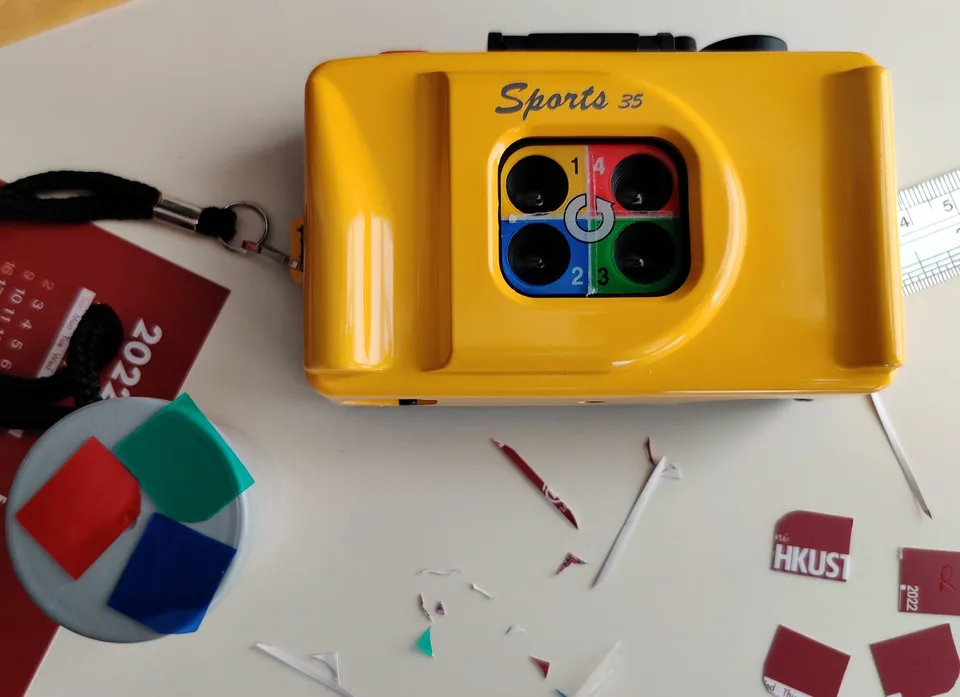
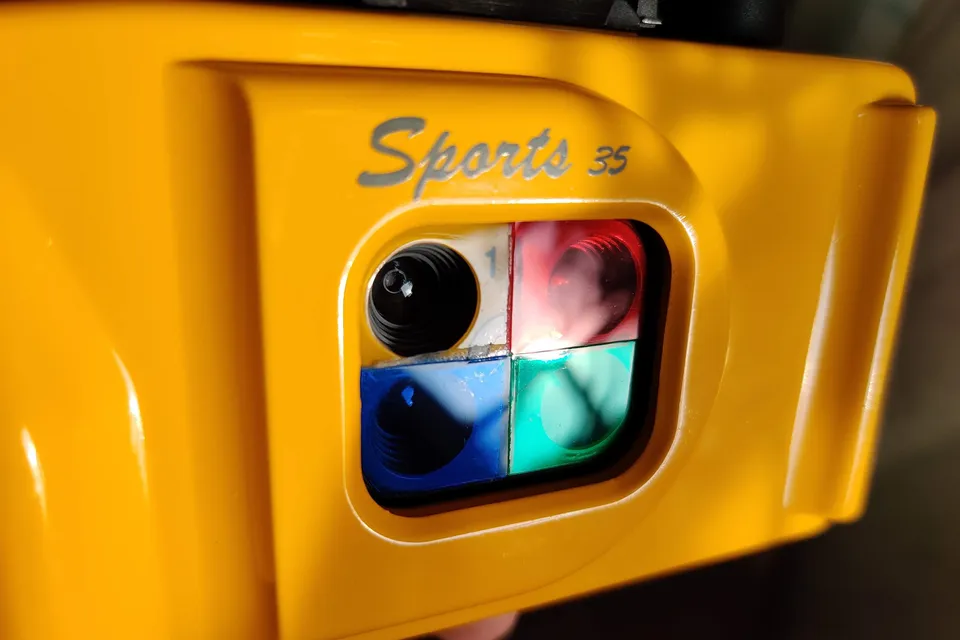
With three filtered black and white images (the unfiltered extra one is unused) and image alignment software Hugin and photo editing software GIMP I was able to compose a color image 1/4 the size of an ordinary 135 film frame, which is also the size of 1 frame of 110 film.
Yeah, this frame size is dissuading me from getting a 110 film camera. For now.
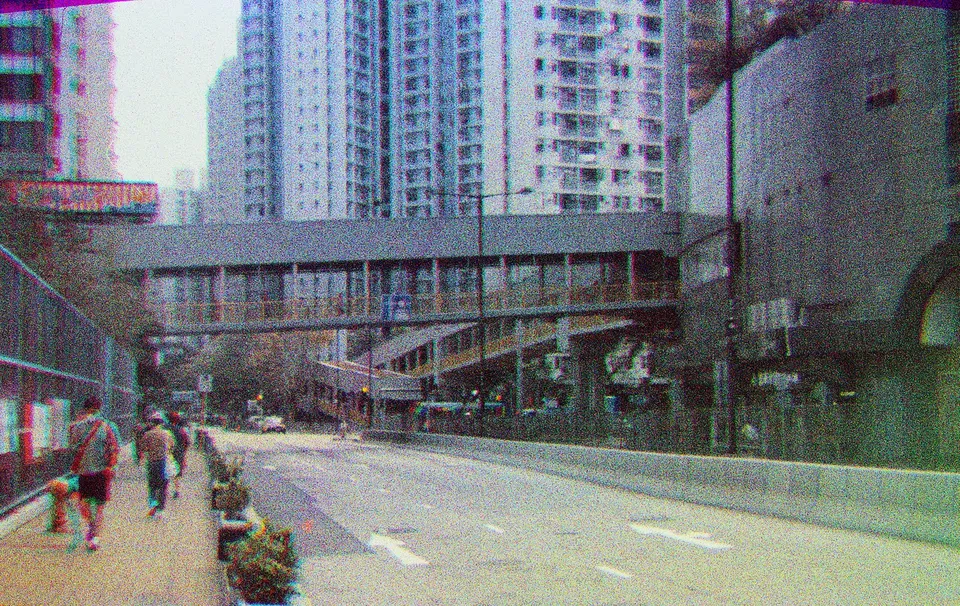
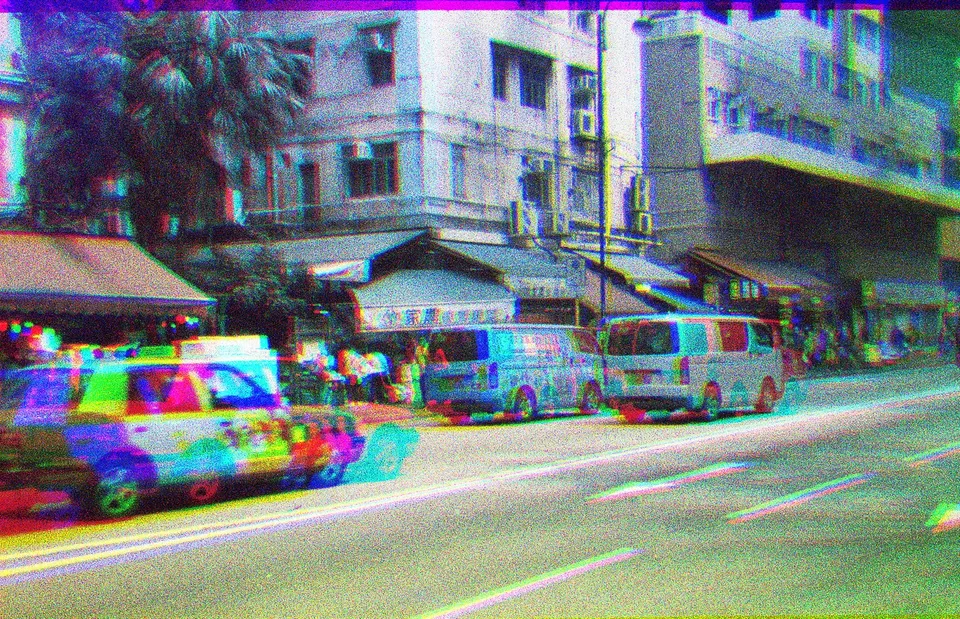
The death
These plasticky toy cameras all look the same and work more or less the same way as the disposables, just with a reverted take-up spool position to make loading and unloading of film easier (or makers disposable went the unnecessary extra mile to make it harder to reload a disposable).
Anyway, on the second roll, a crack sound was heard when I advanced the film. A breakage in the take up gear caused the film advance no longer work.
I think the film advance mechanism of this is the same as the Isoly 100. Both cheap and plasticky. Maybe the Isoly 100 one is sturdier. And even a FunSaver can survive at least 4 rolls.
Closing notes
Perhaps surprising to none that in the short life-span of 2 rolls of film this camera, I never used it for its intended purpose.
That piece of ahem Lomographic ActionSampler costs like HK$298 in 2022. And this virtually identical white-label one costs me $50 second handed and was probably given out for free to Garden customers back in the days.
I won't miss this camera. Consider it another camera needing a proper burial.
